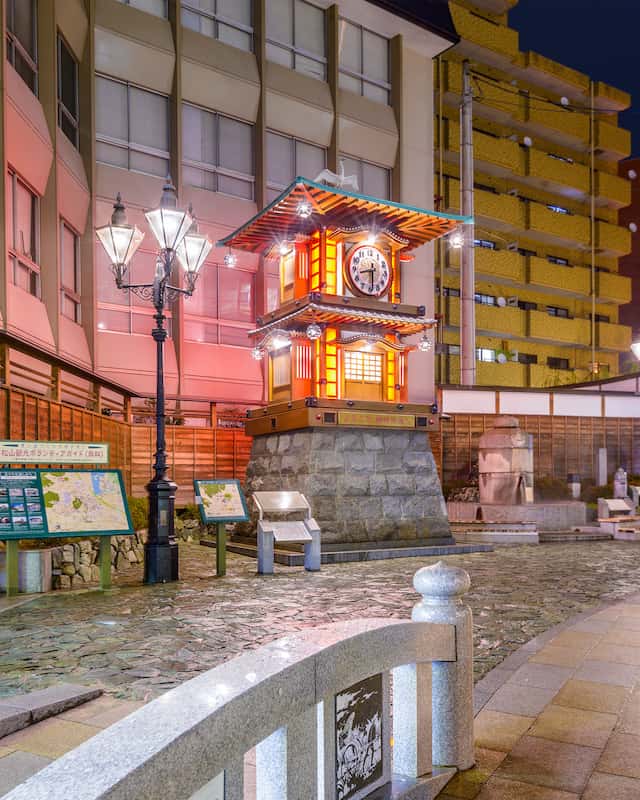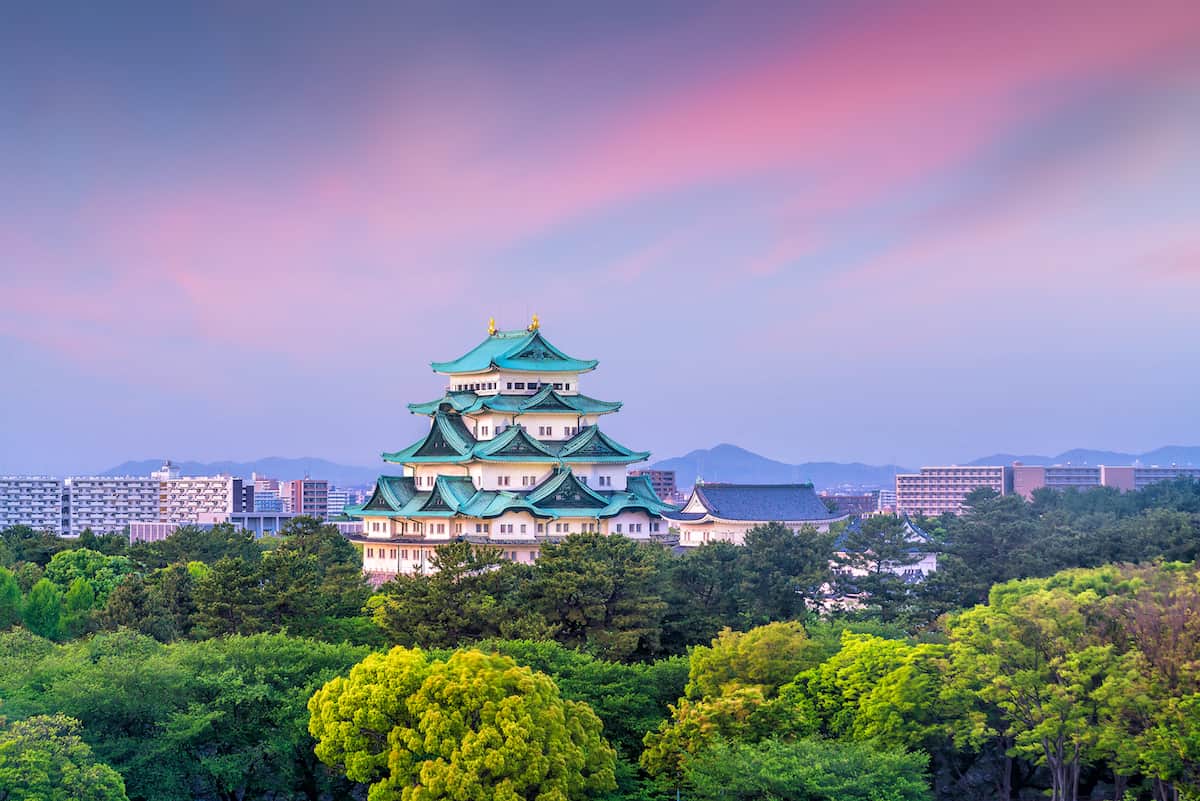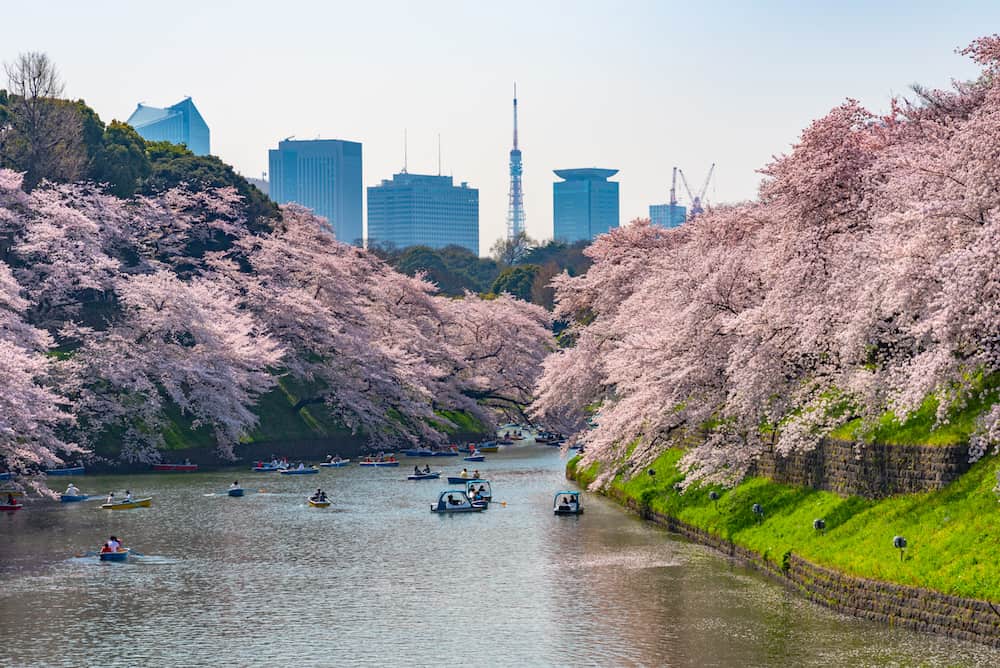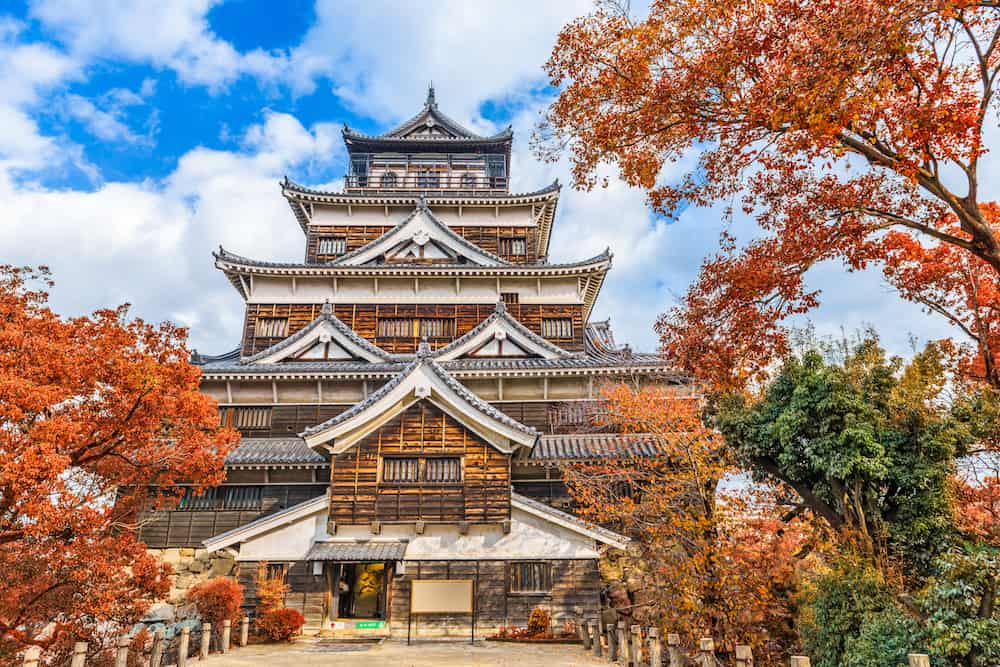10 Dishes you Must Try in Japan
Japan is a gourmet foodie paradise; Tokyo is the city with the most restaurants with Michelin stars in the world, with a total of 302 Michelin stars in 2017. What makes Japanese food so special is the quality of ingredients, the simplicity and purity of the dishes and time-perfected techniques.
Traditional Japanese cuisine or “Washoku” was added to the UNESCO Intangible Cultural Heritage list to ensure the protection and preservation of their culinary traditions and culture, becoming the second country to gain this recognition after France.
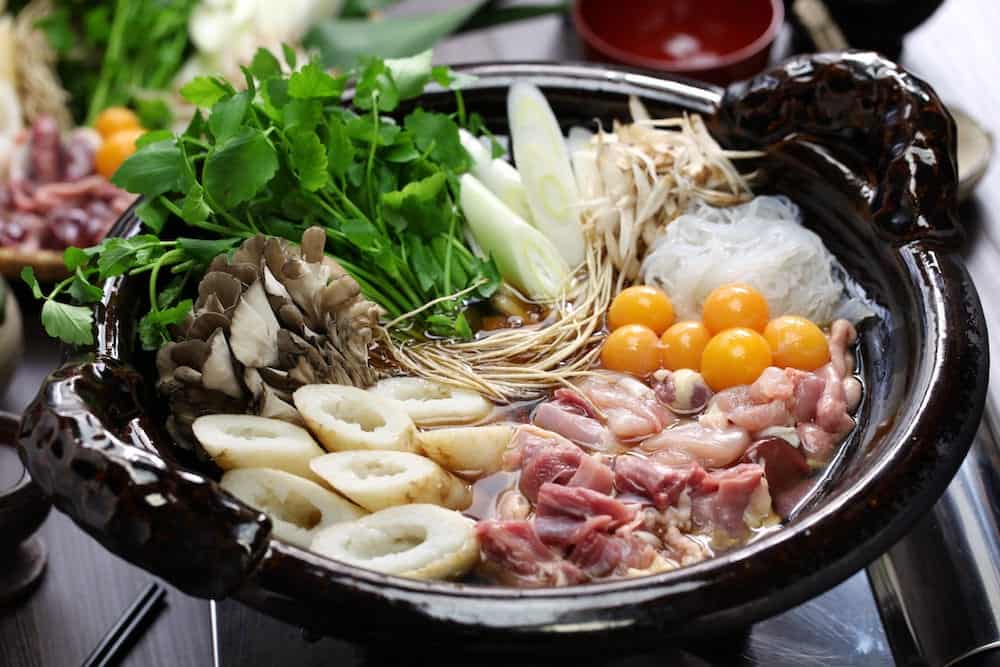
It may surprise you that to become a Sushi chef, a trainee may spend between 10 and 15 years in training. This meticulous care is reflected in all aspects of Japanese food and you will be wowed by the precision, perfection and aesthetics of food in Japan. In fact, aesthetics are an important part of the presentation of a dish and you will find dishes so beautifully presented that you cannot bear to eat it.
There are several rules and etiquette to follow regarding eating out in Japan, but most importantly, don’t leave any food behind on your plate! It is seen as rude and an insult to the chef. However, the food is so delicious that you probably will not want to leave a grain of rice behind!
So what dishes must you try in Japan? Here is a list of the top 10 to order in Japan:
Plan your trip?
Avoid hidden fees in the exchange rate while withdrawing from millions of ATMs abroad, paying in restaurants and shops, and buying your accommodation and flights using the Wise Card. You can hold up to 40+ currencies at once to spend in in over 150 countries, and convert them in real time with the free Wise app.
Need help planning your trip from start to finish? Check out these helpful links:
- Cheap flights
- Savings on accommodation from hostels to luxury hotels
- Affordable car rental options
- Affordable sightseeing tours and day trips
- Travel Adapter – All in one so you don’t have to carry a bunch around
- Don’t be silly and forget Travel Insurance! Get hurt and you’ll regret it…
This post contains some affiliate links for your convenience. Click here to read my full disclosure policy. You can also read our content/editorial policy here.
Sushi and Sashimi
Sushi has gained world renown and is probably Japan’s most well-known dish abroad, however, it may surprise you that sushi is not eaten frequently by Japanese people. The most common foods that are eaten daily are noodles and rice dishes with meat; sushi restaurants are usually places for special events and occasions.
Sushi as we know it today is a recent evolution of a traditional Japanese dish. The dish is said to have originated in Southeast Asia as a way of preserving fish using fermented rice, and was developed into what we know and love today in the early 19th century in the city of Edo, or what is now known as Tokyo.
Edomae sushi is made of hand rolled balls of vinegared rice, topped with a thin layer or fresh, raw fish. The use of vinegar in the rice allowed for the sushi to last longer in the decades before refrigeration.
If you want a taste of what sushi was like in the past, you can visit Lake Biwa, which is situated just outside of Kyoto, to try the local specialty of Funazushi.
Sashimi is raw fish or seafood served in thin slices alongside a side of wasabi and Japanese radish.
Budget traveller tip: if you go to local supermarkets towards the afternoon/evening you can pick up amazing sushi and sashimi at half price, sushi only lasts a day and is always thrown away by the end of the day, this is the perfect way to eat cheaply in Japan.
There are several rules to eating sushi and sashimi according to experts in etiquette that visitors should be aware of:
- Don’t dunk your sushi or sashimi in soya sauce: In Japan, the delicate flavor of the fish is the ultimate focus of sushi and the dunking of the fish in sauce smothers all of the flavor and is considered the equivalent of slathering ketchup all over a prime-quality steak. Sushi and sashimi should be lightly dipped in soya sauce.
- It’s ok to eat with your fingers: In fact, a lot of sushi is eaten with fingers and not with chopsticks and you won’t be frowned upon if you decide to forgo the chopsticks.
- Don’t cut your sushi in half with your chopsticks: This is just bad etiquette and it is more polite to take bites out of the sushi if the piece is too large.
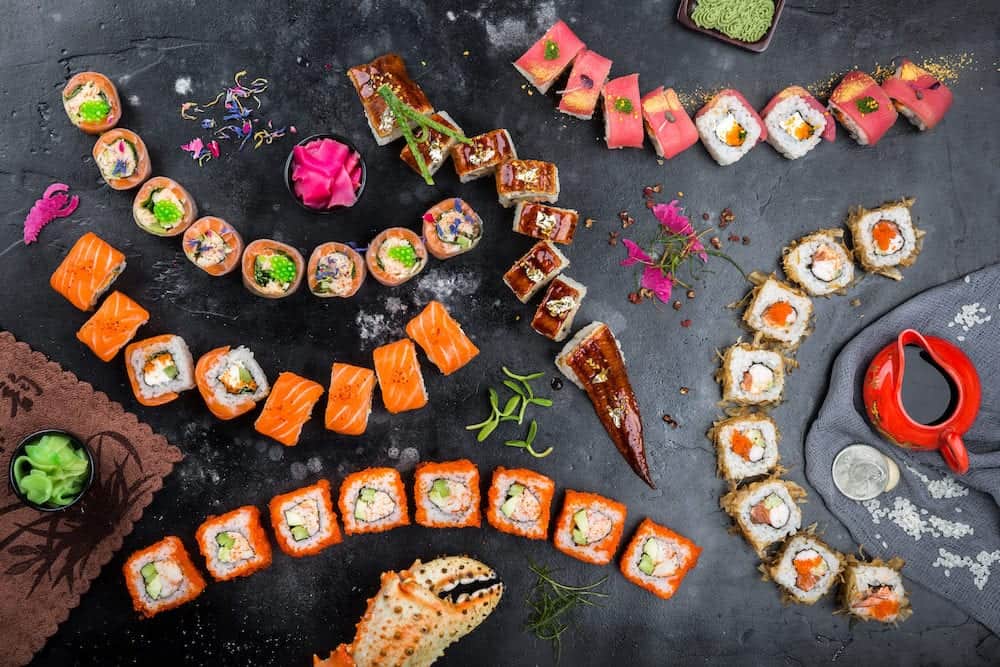
Udon
These thick buckwheat noodles are absolutely mouthwatering and delicious! The shape and size depends on the prefecture where it originates and there are many restaurants in Japan where you can watch chefs expertly turn dough into long strands of tasty udon.
The noodles are usually served with a consommé broth made of mirin and soy sauce and can be served cold or hot. It is one of the most popular dishes for lunchtime and students and is the ideal fast food.
These restaurants are often crowded but the turnover is high and you’ll soon find a seat where you can sit elbow to elbow with the locals slurping away at their noodles.
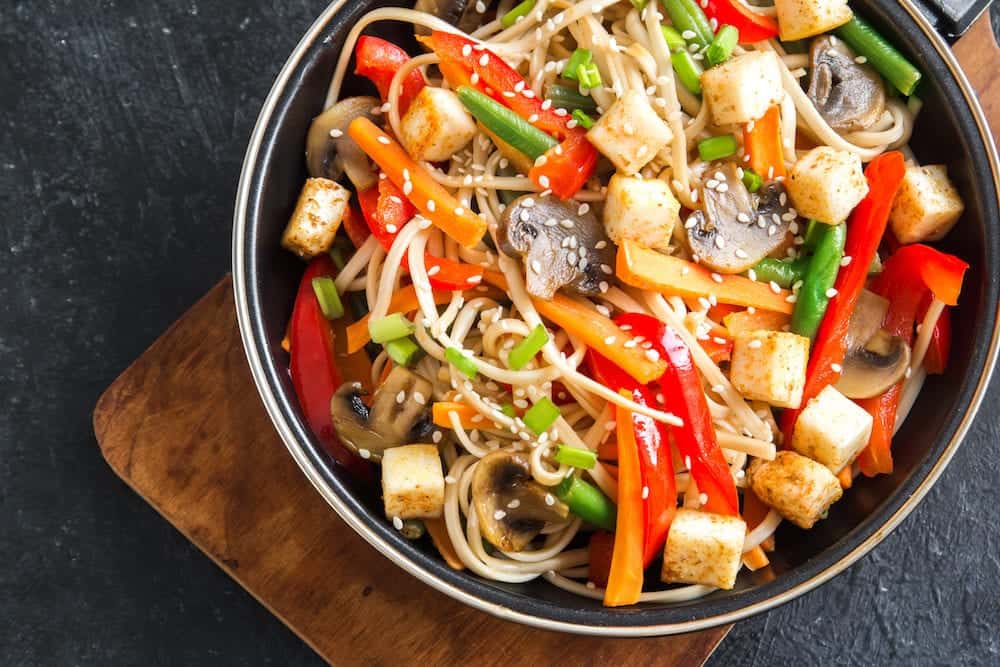
Ramen
Ramen is one of the most popular dishes in Japan. This wheat noodle soup originates from China and has become one of the most popular and inexpensive options.
The most typical dish is Shoyu Ramen, which is buckwheat noodle served in a clear flavourful broth, made of dashi and soy sauce (shoyu). The noodles are also served with hard-boiled egg and various vegetables including onions, bean sprouts and seaweed.
Ramen noodles go soft over time and so it’s best not to take too much time in slurping up your noodles!
Noodles are best enjoyed with loud slurping, which enhances the flavor and helps to cool down the steaming hot noodles as you eat them. In Japan, slurping your noodles is not considered rude so happily slurp away!
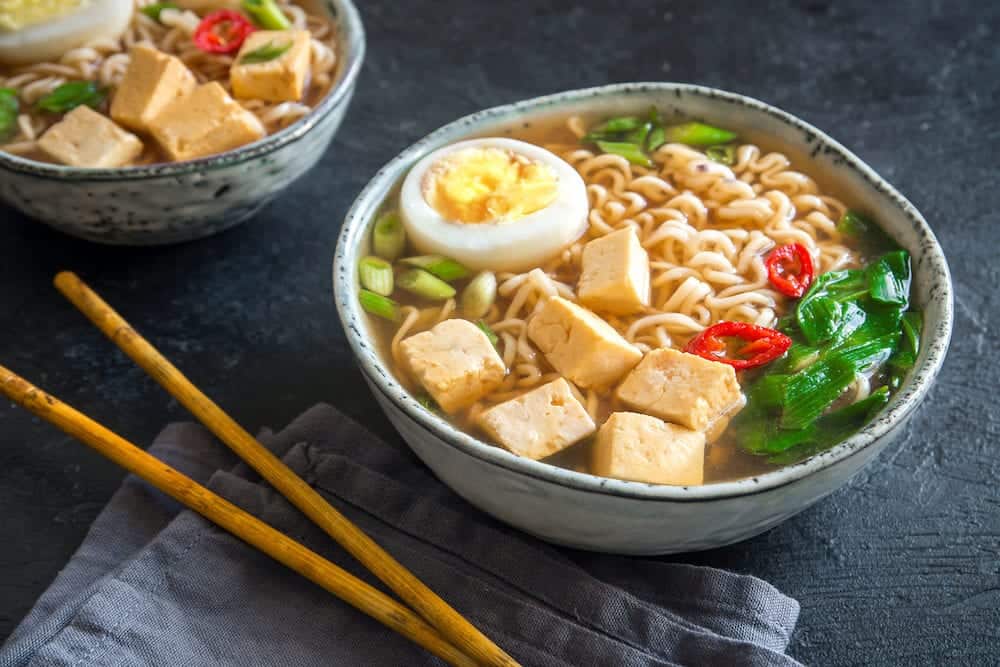
Gyoza
Gyoza are small dumplings that are boiled, steamed or fried and are a version of the chinese dumpling. In fact, the name Gyoza is the Japanese pronunciation of Jiaozi, meaning dumpling in Chinese! It is said that Japanese soldiers who were quartered in China during World War II introduced the dishes when they returned to Japan and the Gyoza was born.
Gyoza dumplings have different fillings such as pork, beef, chicken or vegetables; they are wrapped in a thin sheet of wheat flour and are served with dipping sauces.
Yaki-gyoza is one of the most popular types of gyoza served in Japan. Similar to Chinese potstickers, the gyoza is first pan-fried and then some water is added to the pan which is then covered whilst the gyoza is simmered gently. Finally the lid is removed to allow the gyoza to crisp, which gives it the delicious crunchy finish.
There is also Age-gyoza which is deep-fried and served piping hot and Sui-gyoza which is boiled in a soup broth. Finally, there is also mushi-gyoza which is steamed in a bamboo steamer basket, in a manner similar to Chinese dim-sum.
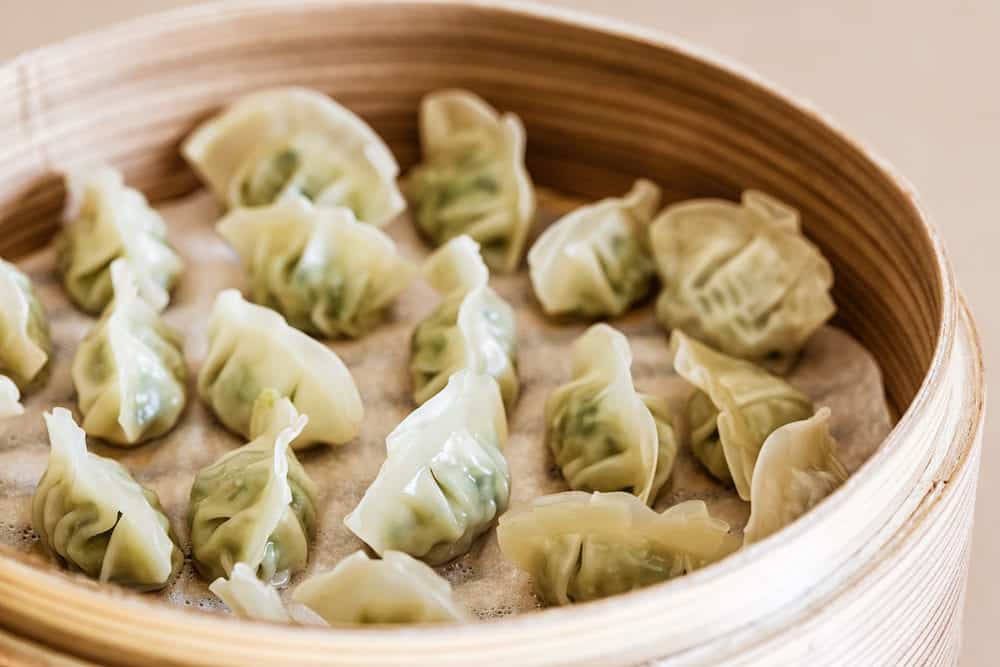
Unagi
For the brave and adventurous, there is Unagi or Eel. This flavourful, juicy and umami-rich fish is one of those dishes you must try in Japan.
Freshwater eel has sweeter meat that is tenderer and the bones are fine and can be eaten along with the meat. The eel is usually filleted, grilled and lacquered with a sauce made from a reduction of sweet soy sauce.
It is served as nigiri atop rice balls and held in place with a strip of seafood, known as “nori” or served as unagi-don, which is a portion of eel on rice. There are numerous dishes and methods for serving eel depending on the region.
Unagi is usually eaten in the summer and is cultivated during May to October. The eels are caught in the wild, rather than bred in eel farms. The Japanese see this as a high-energy food, which can conquer “summer fatigue” because it is high in vitamin and mineral content.
It is considered a delicacy and can be relatively expensive, especially in fancy restaurants where the eels are kept live in tanks, prepared upon order.
There are also plenty of cheaper budget eel restaurants and you can identify them on restaurant signs and banners with the elongated (う) character (the first character in ‘unagi’), designed to imitate the look like an eel!
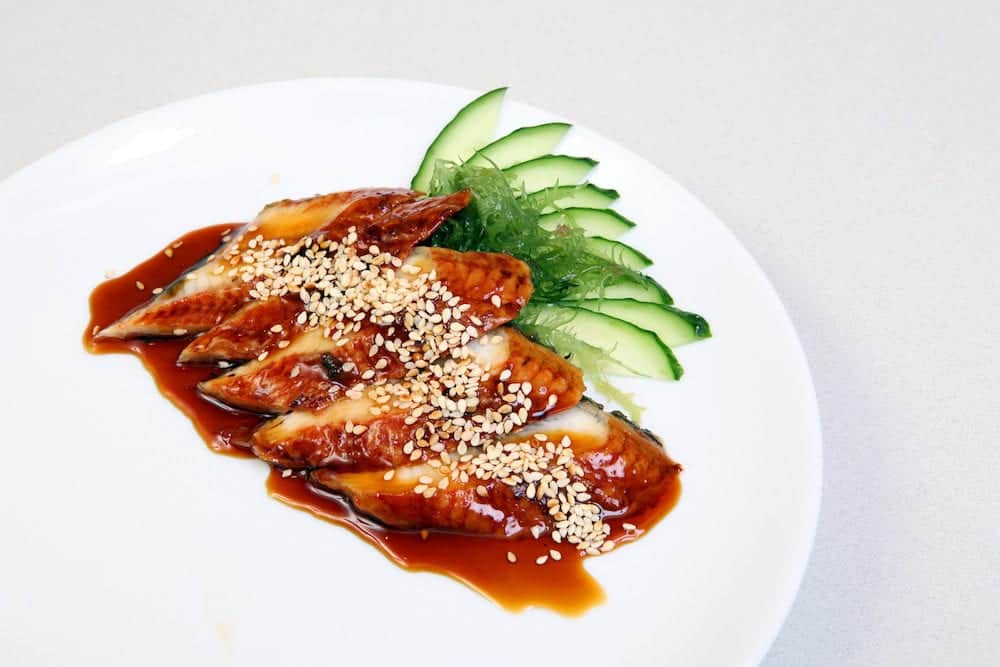
Tonkatsu
You may be thinking that Tonkatsu seems to resemble a German Schnitzel or breaded pork cutlet from Western countries. It’s true! The Tonkatsu evolved from European origins and was introduced to Japan in the late 19th century when Japan finally opened its doors to the rest of the world.
The pork cutlet is breaded in light, crispy panko breadcrumbs and often served alongside a portion of rice and a curry sauce or a side of shredded cabbage.
For those with less adventurous palates, Tonkatsu is an ideal dish to introduce you to Japanese cuisine.
Budget traveller tip: This is one of the best ways to eat well for little money and there are small stalls and “beef shops” that do takeaway meals for local Japanese people where you can pick up a tonkatsu and other dishes cheaply.
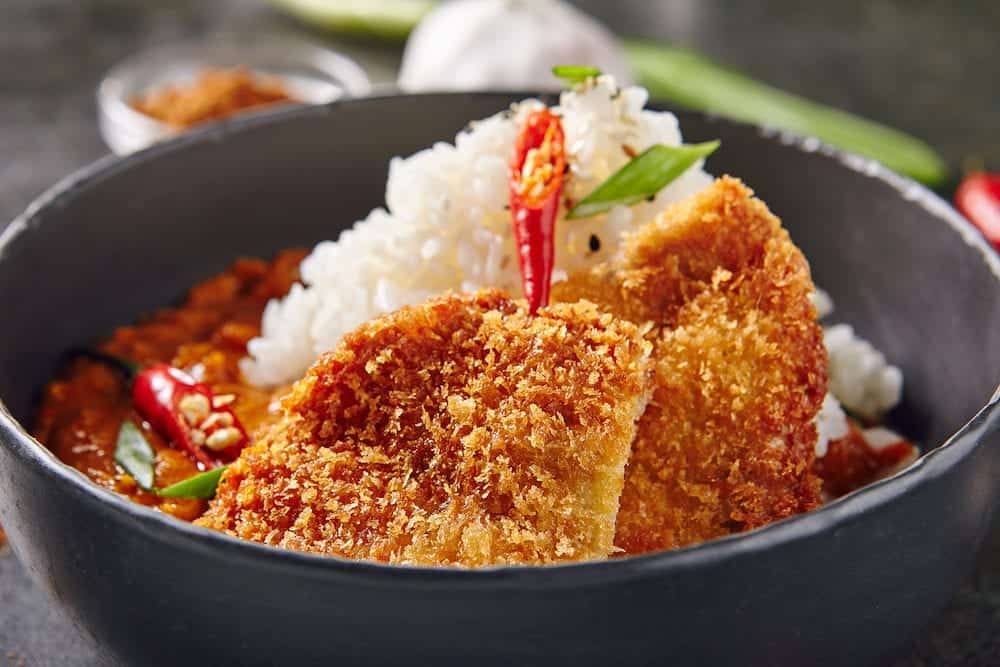
Okonomiyaki
Okonomiyaki is a Japanese omelet that can be found all over Japan in specialist restaurants, particularly in Hiroshima and Osaka, where they have their own regional variations.
These delicious omelet stacks are served with flair and cooked in front of you on a hot plate, there are also restaurants where you can grill the dish yourself at tables with hotplates built into the tabletop called “Teppan”.
In Hiroshima a thin flour batter is topped with layer of cabbage, followed with a layer of soba noodles, an omelet and can be cooked with pork or seafood. Thin bonito flakes are then scattered atop the omelet and wave and dance in the heat of the omelet and grill.
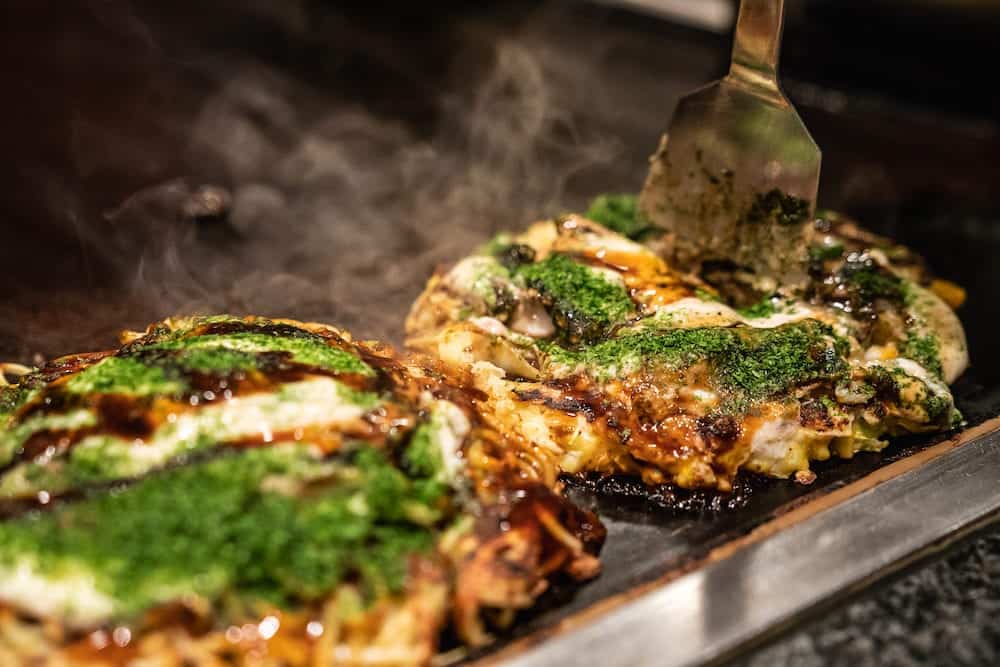
Yakitori
Yakitori is Japanese-style barbecue chicken served on a skewer. The meat is served with either salt and a sweet soy sauce called “tare” and can be found at small, informal restaurants and bars called “Izakaya”.
Here you can also try “Yakiton” which are barbecued pork skewered and this fast food is ideal with a nice cold Japanese beer. This meal is a daily ritual for many locals and you can take a stroll down Yakitori Alley, also known as Memory Lane, which is a narrow street with restaurant after restaurant located in Shinjuku District.
The lane is right next to Shinjuku Station, closest to the West Exit. Be aware that though this may look like cheap street food, you can rack up quite a bill bar-hopping from one Izakaya to another!
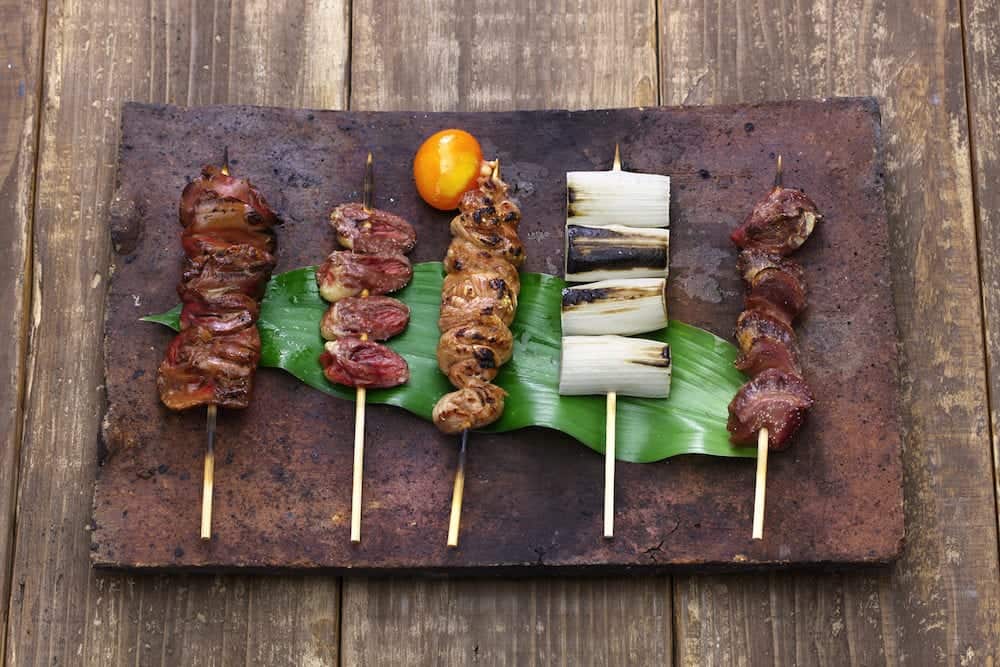
Tempura
Tempura is a dish made from seafood and vegetables covered in a light batter and fried in canola and sesame oil, this dish is not greasy at all and is served with a bowl of rice and “Tetsuyu” dipping sauce made from soy sauce, ginger, sake, radish and spices.
This style of cooking actually originates from Jesuit missionaries from Portugal who first introduced Japan to the technique of frying food in batter during the 16th century.
“Ebiten” or tempura prawns are absolutely delicious and a must try.
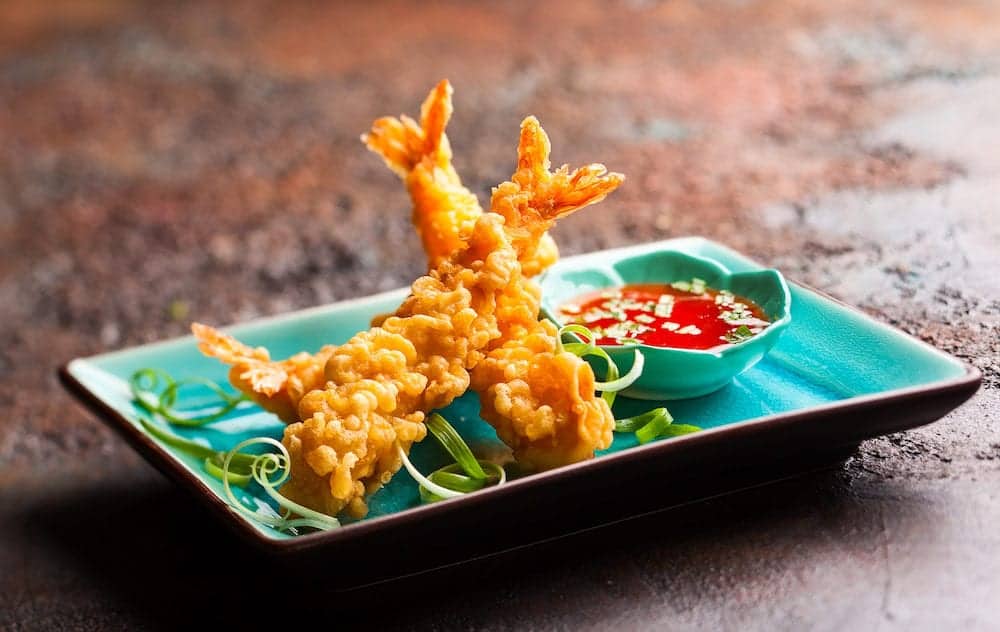
Onigiri
The ultimate snack on the go, Onigiri are rice balls seasoned and filled with chicken, vegetables, fish or pork and covered with a thin layer of seaweed.
These are the perfect snack for when you need something quick and cheap to eat and can be found in most supermarkets and some specialty Onigiri shops.
Budget traveller tip: Buy a few for long train journeys or for any excursions or hikes, but remember they only keep for a day and are best eaten just after purchase!
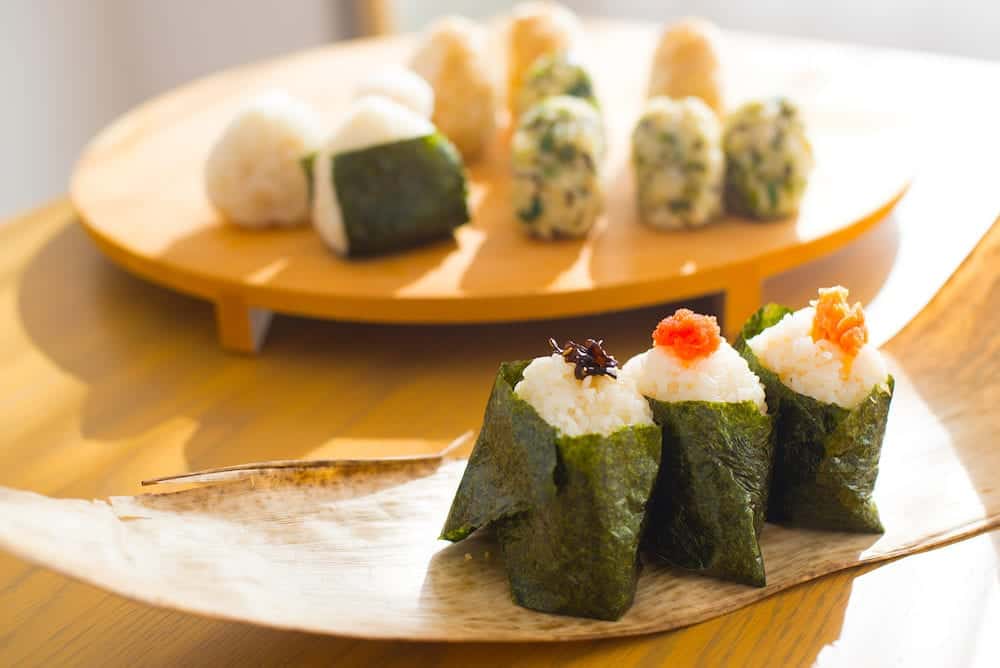
Vegetarian food in Japan: One of the most surprising aspects are how few vegetables and fruits are used in Japanese cooking due to the cost of importing fresh fruits and vegetables and lack of local agriculture.
A word of warning to Vegetarians: it can be difficult to find completely vegetarian or vegan dishes in Japan. Most dishes are cooked using fish broth and fish based products.
You may need to be a bit flexible with regards to your diet as there are less places catering to vegetarians and vegans. Here is a website with a listing of restaurants in different cities in Japan.
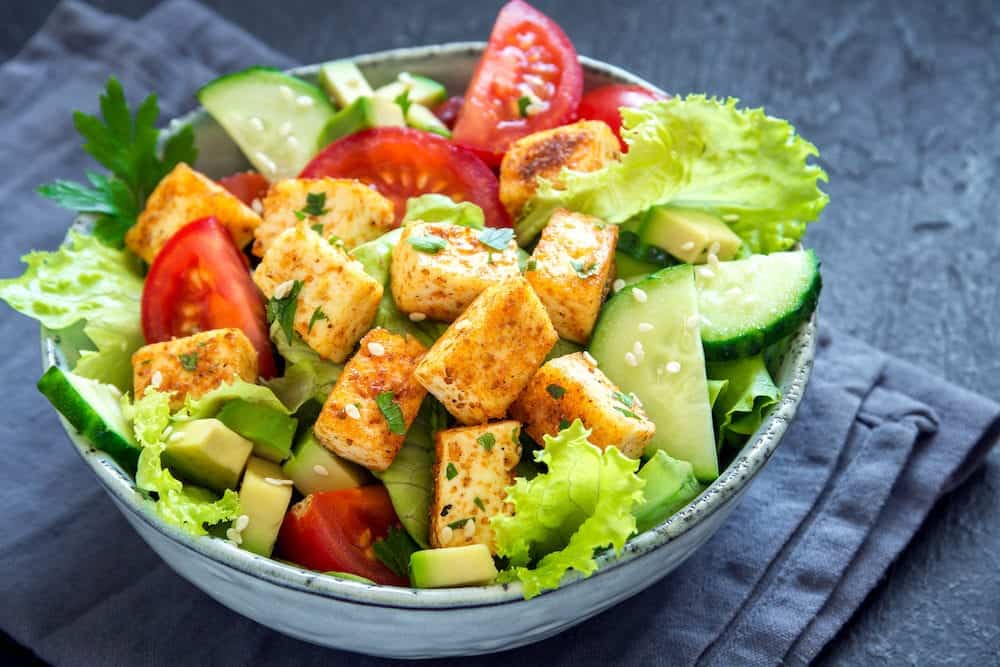
There are so many dishes to try in Japan that this is by no means an exhaustive list. Japanese green tea and desserts are a must and there is a large array of regional delicious treats to discover!
If you’d like to save it for later, please save it to Pinterest.
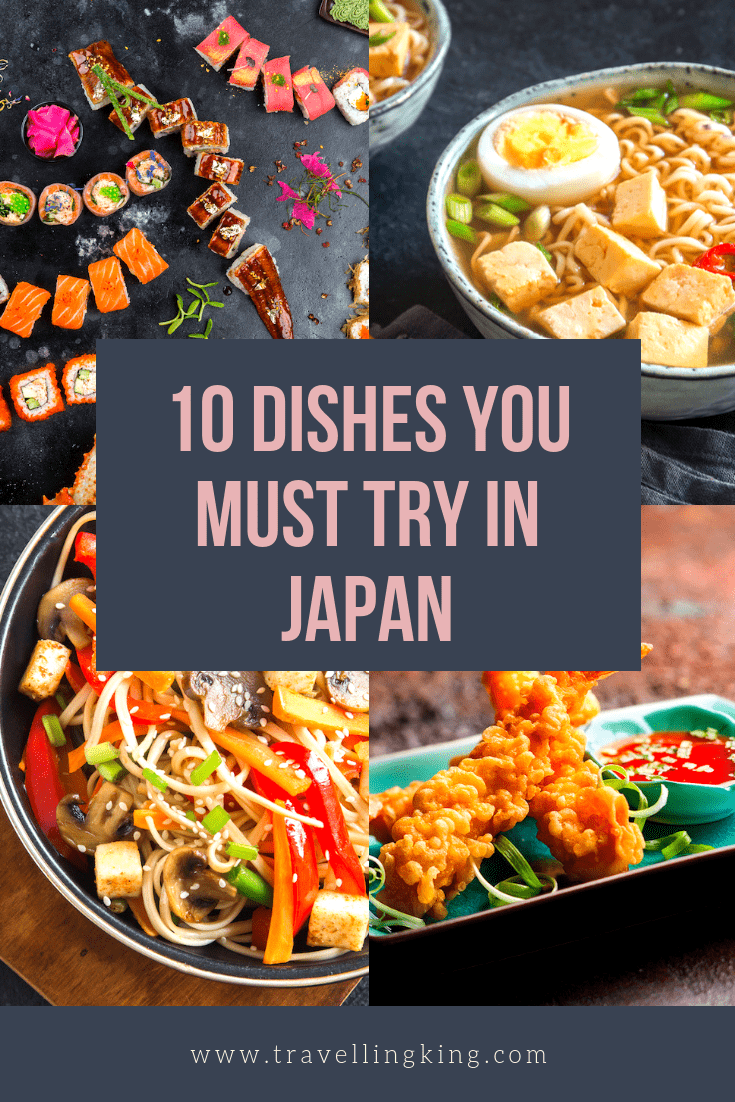
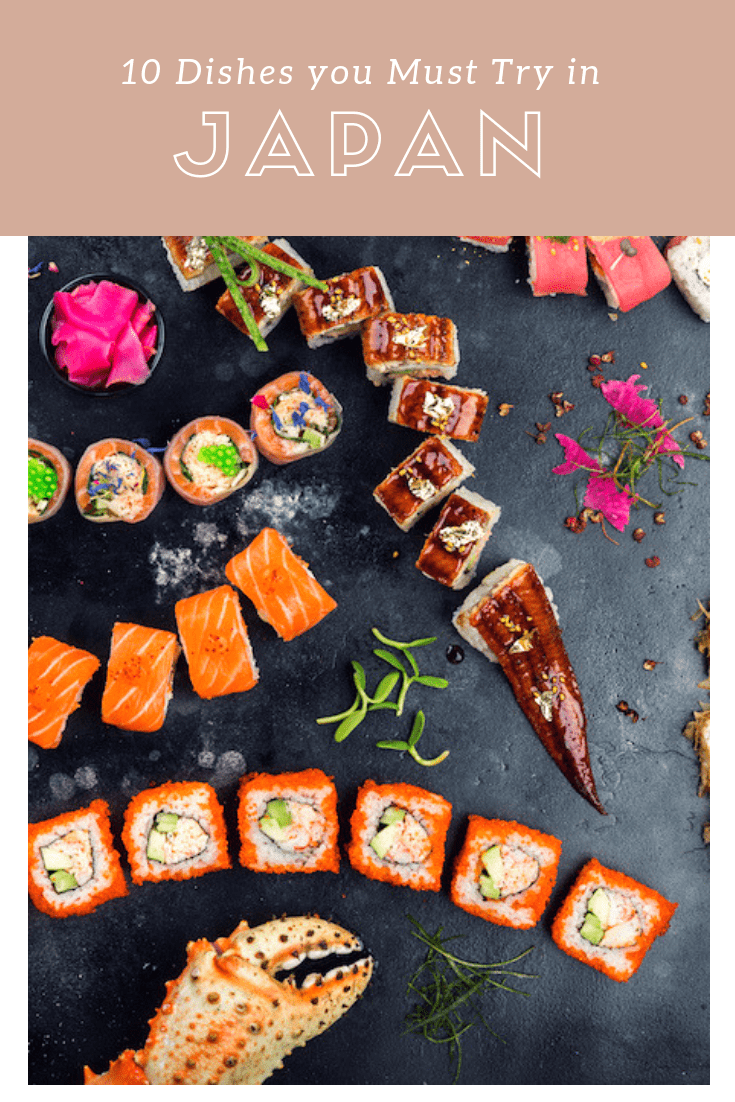
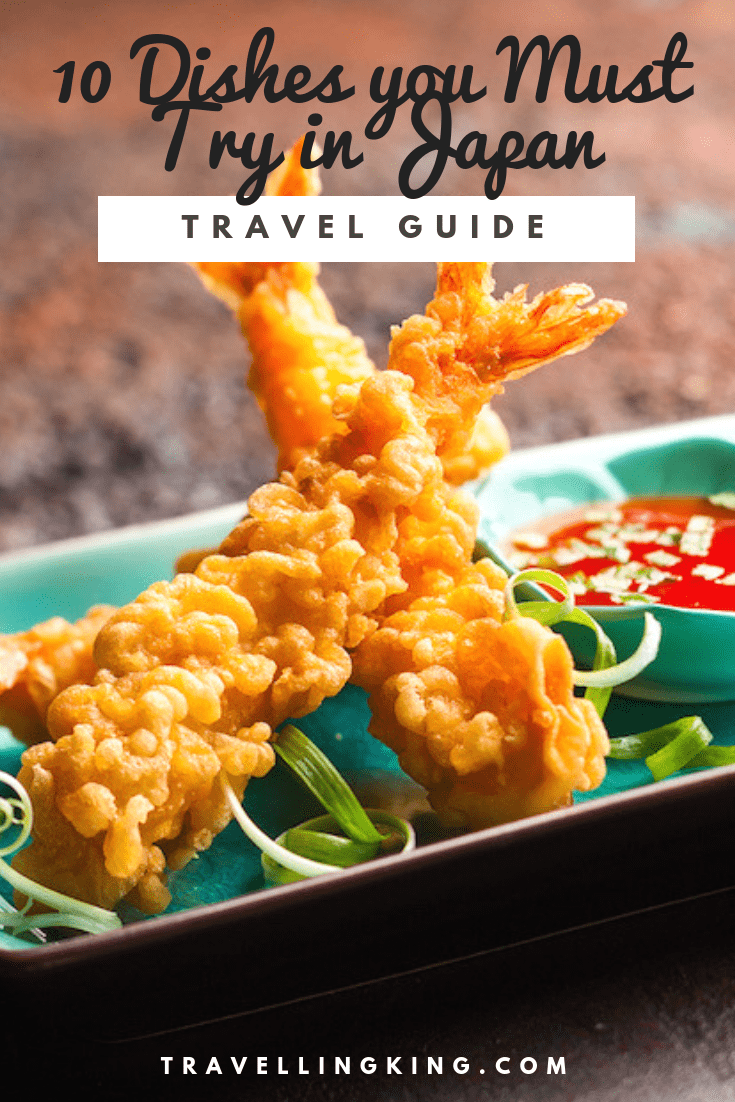
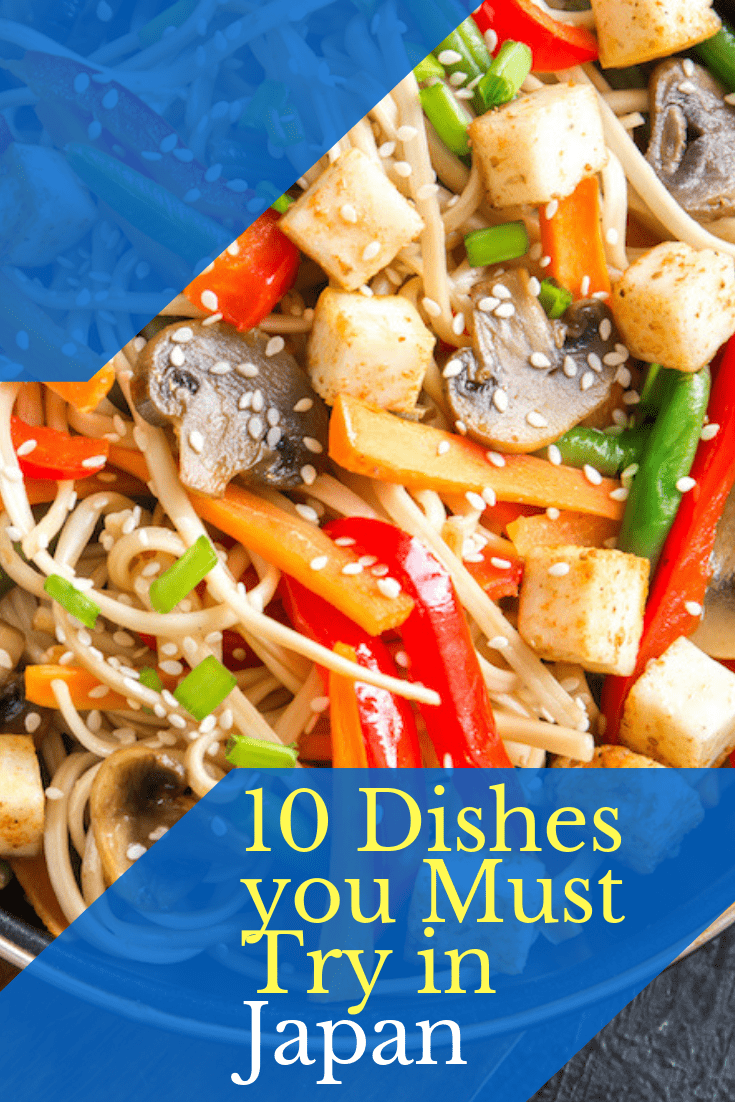



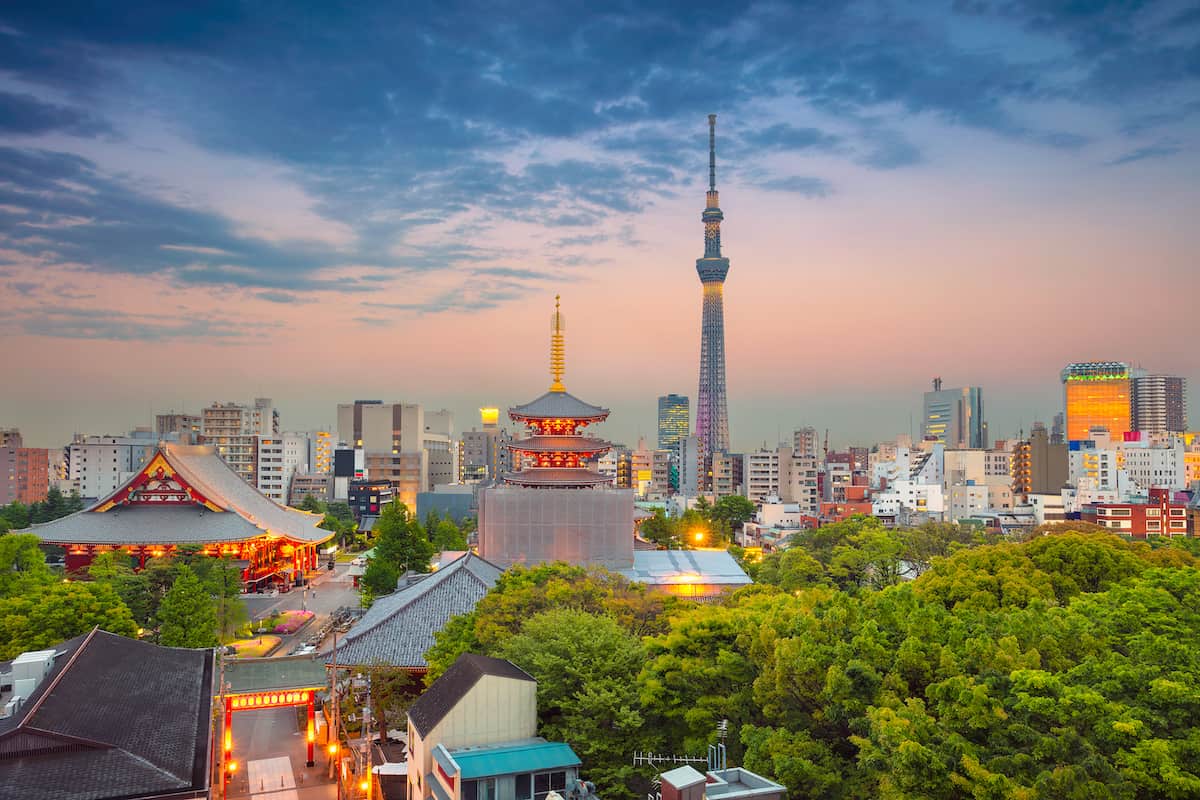
![Where to stay in Nagoya [Best Places to Stay for 2024]](https://www.travellingking.com/wp-content/uploads/2023/08/Nagoya-Oasis-21-in-Nagoya.jpeg)
